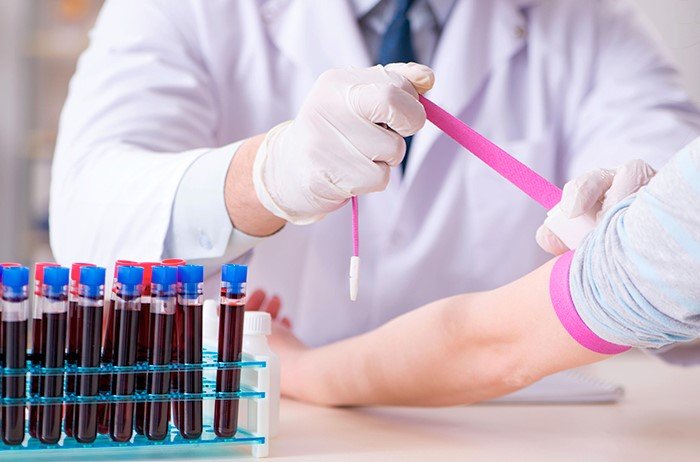Starting a Clinical Lab Business in the United States: Key Steps and Considerations
Summary
- Understanding the regulatory requirements for starting a clinical lab business in the U.S. is crucial for success.
- Developing a comprehensive business plan that outlines the services offered, target market, and financial projections is essential.
- Securing the necessary equipment, supplies, and staffing to support the day-to-day operations of the clinical lab is critical for long-term success.
Starting a clinical lab business in the United States can be a challenging but rewarding venture for entrepreneurs looking to enter the healthcare industry. Clinical labs play a vital role in the diagnosis and treatment of patients, making them an integral part of the healthcare system. In this article, we will discuss the key steps and considerations involved in starting a clinical lab business in the U.S., with a focus on hospital supply and equipment management.
Research and Regulatory Requirements
Before starting a clinical lab business in the U.S., it is essential to conduct thorough research on the regulatory requirements governing the operation of such facilities. The Clinical Laboratory Improvement Amendments (CLIA) sets the standards for clinical labs in the U.S., including requirements for personnel qualifications, Quality Control, and Proficiency Testing. Understanding and complying with these Regulations is crucial for obtaining the necessary certifications and licenses to operate a clinical lab.
Key steps in navigating regulatory requirements:
- Obtain a CLIA certificate from the Centers for Medicare and Medicaid Services (CMS) to operate a clinical lab legally.
- Comply with state-specific Regulations regarding clinical lab licensing and accreditation.
- Ensure that lab personnel meet the qualifications outlined in the CLIA Regulations.
Develop a Comprehensive Business Plan
Creating a comprehensive business plan is essential for the success of a clinical lab business in the U.S. A well-developed business plan outlines the services offered by the lab, the target market, marketing strategy, and financial projections. This document serves as a roadmap for the business and can help secure funding from investors or financial institutions.
Key components of a business plan for a clinical lab:
- Service offerings: Specify the types of tests and services offered by the lab, such as blood tests, urinalysis, or Genetic Testing.
- Target market: Identify the target demographic for the lab's services, such as physicians, hospitals, or patients.
- Financial projections: Include revenue forecasts, startup costs, and operating expenses to demonstrate the viability of the business.
Secure Equipment and Supplies
One of the most critical aspects of starting a clinical lab business is securing the necessary equipment and supplies to support daily operations. The type of equipment needed will depend on the services offered by the lab, such as chemistry analyzers, hematology analyzers, or molecular testing equipment. Additionally, stocking up on essential supplies, such as reagents, test tubes, and sample collection kits, is vital for the efficient functioning of the lab.
Key considerations for equipment and supply management:
- Research and select reliable suppliers for lab equipment and supplies to ensure quality and consistency.
- Develop a system for inventory management to monitor stock levels and reorder supplies as needed.
- Invest in maintenance contracts and training for lab staff to ensure that equipment is functioning correctly and safely.
In conclusion, starting a clinical lab business in the U.S. requires careful planning and execution to navigate regulatory requirements, develop a sound business plan, and secure the necessary equipment and supplies. By following these key steps and considerations, entrepreneurs can establish a successful clinical lab business that contributes to the healthcare system's overall effectiveness and patient care.

Disclaimer: The content provided on this blog is for informational purposes only, reflecting the personal opinions and insights of the author(s) on the topics. The information provided should not be used for diagnosing or treating a health problem or disease, and those seeking personal medical advice should consult with a licensed physician. Always seek the advice of your doctor or other qualified health provider regarding a medical condition. Never disregard professional medical advice or delay in seeking it because of something you have read on this website. If you think you may have a medical emergency, call 911 or go to the nearest emergency room immediately. No physician-patient relationship is created by this web site or its use. No contributors to this web site make any representations, express or implied, with respect to the information provided herein or to its use. While we strive to share accurate and up-to-date information, we cannot guarantee the completeness, reliability, or accuracy of the content. The blog may also include links to external websites and resources for the convenience of our readers. Please note that linking to other sites does not imply endorsement of their content, practices, or services by us. Readers should use their discretion and judgment while exploring any external links and resources mentioned on this blog.
